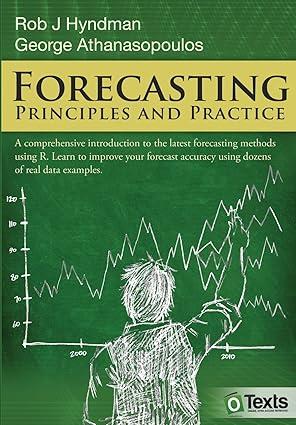Question
1. Johnathans utility for money is given by the exponential function: U(X)=4-4 (-x/1000) . Based on his utility function, what is his risk-odds for the
1. Johnathans utility for money is given by the exponential function: U(X)=4-4(-x/1000).
- Based on his utility function, what is his risk-odds for the $+/-1 deal, r($1)?
- Is Johnathan a deltaperson? Explain.
- Is he risk-neutral? Explain.
- What is his risk-odds for the $+/-100 deal, r($100)?
- What is his risk-aversion coefficient?
Suppose U(x)=x0.5
Hint: See the Risk Graph notes posted in Moodle
- Graph this utility function.
b. Suppose you have a binary lottery with a 40% chance of $25 and a 60% chance of $100. Draw the probability tree of this lottery.
c. Show the lottery in Part B on your graph from Part A. You need to show: U(25), U(100), EV, U(EV), EU, U(CE) and the CE. Be sure to label everything clearly. **If the TA cannot read your graph, you cannot get points**
d. What can you say about the CE and EV for this lottery? Why?
3. Suppose U(X)=15+X.
Hint: See the Risk Graph notes posted in Moodle
a. Graph this utility function
b. Suppose you have a binary lottery with a 40% chance of $0 and a 60% chance of $100. Draw the probability tree of this lottery.
c. Show the lottery in Part B on your graph from Part A. You need to show: U(0), U(100), EV, U(EV), EU, U(CE) and the CE. Be sure to label everything clearly. **If the TA cannot read your graph, you cannot get points**
d. What can you say about the CE and EV for this lottery? Why?
Step by Step Solution
There are 3 Steps involved in it
Step: 1

Get Instant Access to Expert-Tailored Solutions
See step-by-step solutions with expert insights and AI powered tools for academic success
Step: 2

Step: 3

Ace Your Homework with AI
Get the answers you need in no time with our AI-driven, step-by-step assistance
Get Started


